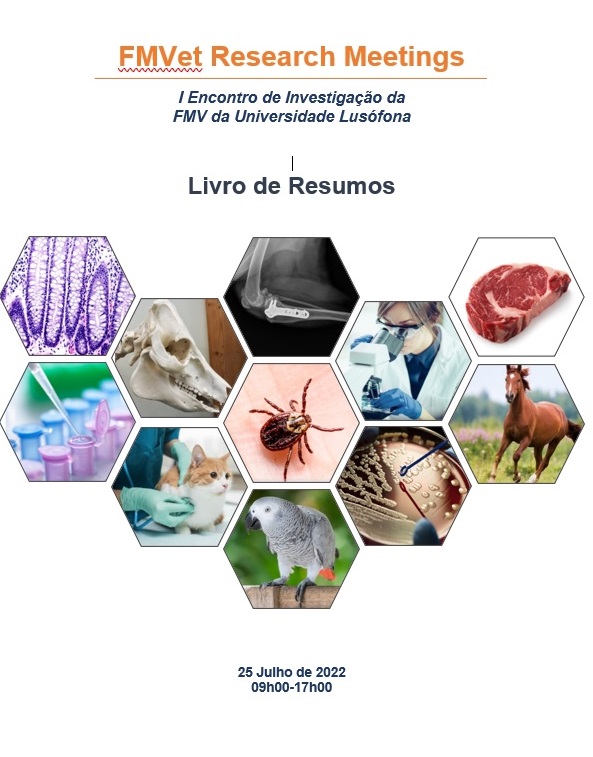Heart and airways - the motors of the equine athlete
Resumo
The respiratory and the cardiovascular systems are key components for the efficient distribution of oxygen throughout the organism. As such, any small disturbance in their activity will jeopardize the performance of the equine athlete compromising muscular function and exercise recovery. Thus, the aim of this research group is to investigate equine exercise physiology, including respiratory and cardiovascular physiology, and to explore how respiratory and cardiovascular disfunction affect the equine athlete.
Most studies on equine exercise physiology are based either on Thoroughbreds or Arabian horses. However in Portugal, the most common horse breed is the Lusitano horse which has different attributes from the aforementioned breeds. Thus, part of the work of this research groups includes investigating how Lusitanos’ adapt to training protocols, by evaluating the physiological adaptations of the cardiovascular system to a training protocol. This project will include ultrasound examination and electrocardiogram of the heart, as well as evaluation of perfusion indicators.
Additionally, our goal is to also conduct research on diseases that can lead to poor performance. One example is our research on equine asthma, which resulted in the development of a staging method with lung function testing (pleural pressure and plethysmography). We are also planning to investigate if a specific population of neutrophils can be used in the diagnosis of severe equine asthma, if tomosynthesis we can aid in disease identification, and during this time we intend to begin collecting samples for future microbiome analysis.
Keywords: Respiratory, Cardiovascular, Physiology, Equine asthma, Dynamic conditions.


